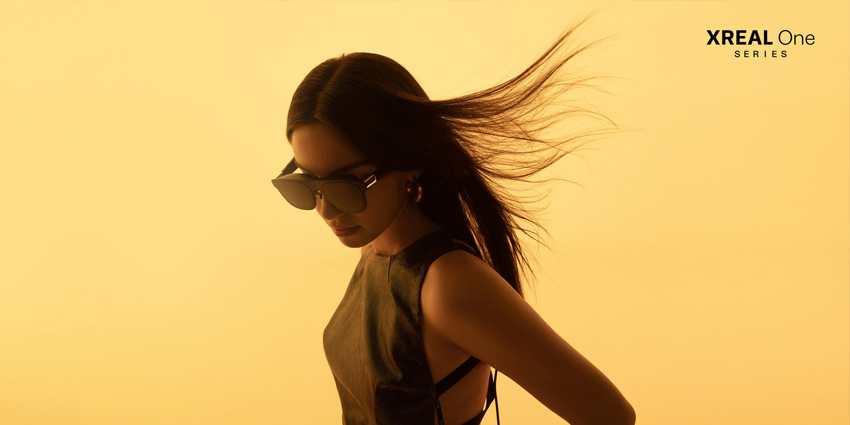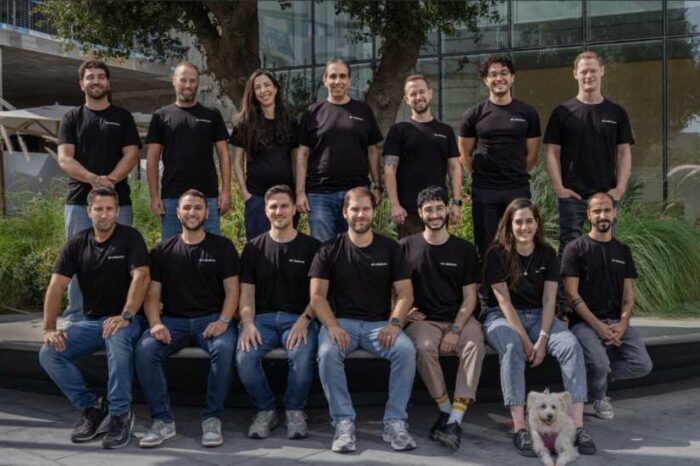Chinese wearable startup Xreal launches new One Series AR glasses with advanced chip to take on Meta and Snap

Xreal on Wednesday unveiled its latest generation of augmented reality (AR) glasses, stepping up its game with advanced chips to compete against major players like Apple, Meta, and Snap.
This launch follows last year’s release of the Air 2 AR glasses, as the Chinese wearable startup continues to tap into the growing interest in AR technology—a space that giants like Apple and Meta are eyeing as the next big thing after smartphones.
Backed by Alibaba, Xreal has taken a significant leap with the One Series, which debuts its first self-designed processor, the X1 chip. This upgrade marks a substantial improvement in performance and functionality for its AR glasses.
Xreal’s One Series AR glasses feature USB-C connectivity for broad device compatibility.

The new Xreal One Series AR glasses connect via USB-C, making them compatible with a wide range of devices. They also introduce 3DoF spatial computing, a cinematic display, and audio technology from Bose.
The One Series boasts a larger display area, offering 1080p full HD for each eye. It uses a triangular birdbath lens design, delivering a 50-degree field-of-view and a 20.7% larger display compared to the Air 2. Meanwhile, the One Pro introduces a flat-prism lens design with an expanded 57-degree field-of-view. Both models feature fine-tuned Bose audio for an immersive experience.
A standout feature is the One Series’ direct connectivity to devices like phones, laptops, and gaming consoles without the need for a companion device. This is a major improvement over the previous generation, which required the Beam accessory for device connections.
“This is the biggest upgrade in Xreal history and perhaps for the consumer AR glasses industry as a whole,” Chi Xu, CEO of Xreal, shared with CNBC.
The X1 chip, which took three years to develop, is a key part of Xreal’s strategy to stand out in a competitive market. “We had to design a chip that introduces new features for these types of glasses,” Xu explained.
While Xreal remains a leading player in AR glasses, it faces tough competition. Snap recently launched new Spectacles, and Meta continues to push its Ray-Ban collaboration. Qualcomm is also reportedly developing AR glasses with Google and Samsung.
Unlike bulkier headsets like Apple’s Vision Pro or the Meta Quest, Xreal is betting on lightweight glasses to win over mainstream consumers. “A headset doesn’t make sense for most people—we need to focus on lighter designs that fit into the glasses category,” Xu said. “The challenge is delivering a headset-level experience in a smaller form.”
Xreal is currently taking pre-orders for the Xreal One ($499/€549) and One Pro ($599/€649) on its website, with shipping slated for mid-December and early next year, respectively.
Despite years of hype, AR has yet to achieve its predicted breakout moment. High costs and bulky designs have slowed adoption, leading companies like Xreal and Meta to refine their approach. There’s also a noticeable lack of compelling content and use cases, a gap Xu believes needs to be filled to attract a broader audience.
“We need strong hardware as a foundation for developers to get excited and start building content,” Xu said.
Xreal anticipates selling 500,000 units of its products in 2025, doubling this year’s sales and signaling optimism for the future of AR glasses.
Xreal’s entry into the AR glasses arena puts it in direct competition with tech giants like Meta and Apple, both of which are actively working on their own AR glasses. Meta’s Project Nazare AR glasses are slated for a 2024 release, while Apple’s AR glasses have been the subject of rumors suggesting a 2023 debut.
Whether Xreal’s AR glasses can stand their ground against the offerings from Meta and Apple remains to be seen. Nevertheless, the early success of Xreal signals the intensifying competition in the AR market and suggests that there’s space for multiple players.




